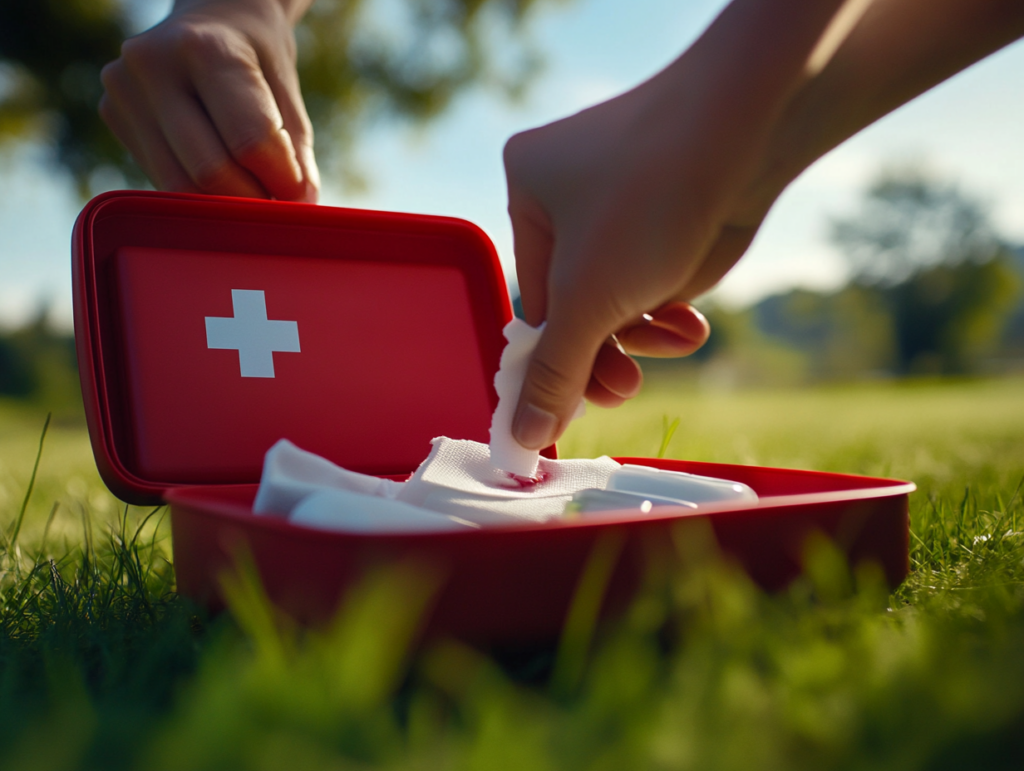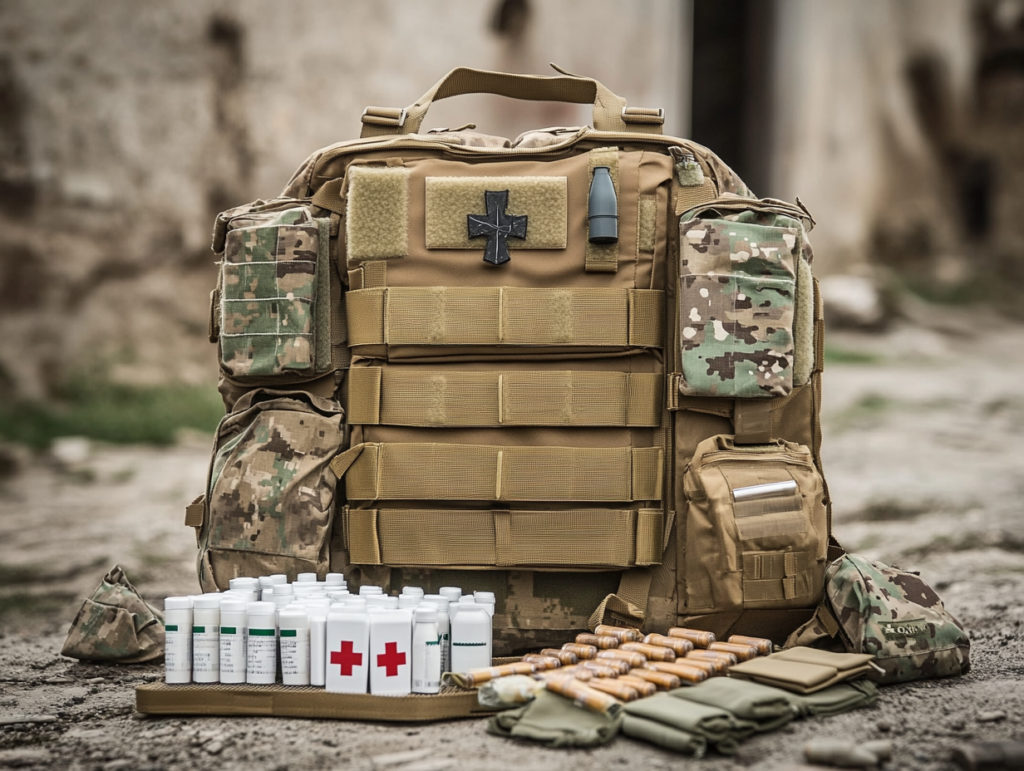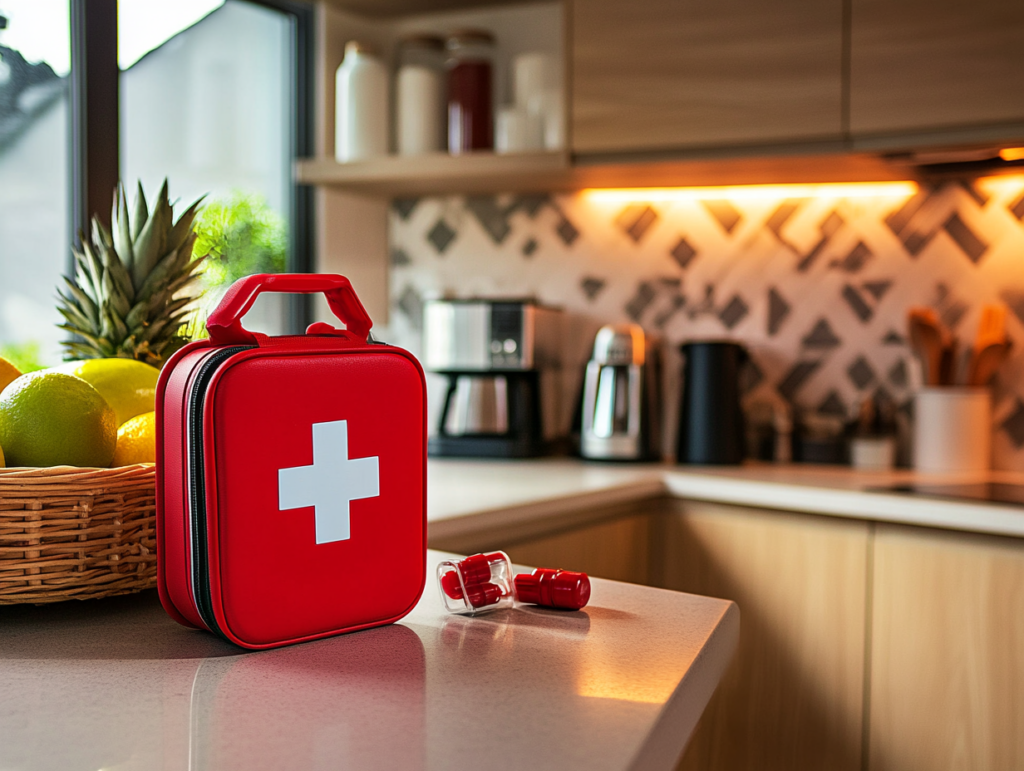First aid kits, as core emergency equipment, are seeing rapid growth in demand for customization due to the increasing diversity of applications in outdoor sports, industrial safety, and home disaster preparedness. This article deeply analyzes the key elements of hard shell first aid kit customization and provides practical cost control strategies to help you create professional gear that balances both functionality and cost-effectiveness.
I. Key Elements of Hard Shell First Aid Kit Customization
(1) Size and Capacity: The “Golden Rule” for Precisely Matching Application Scenarios
Three-Level Capacity System Design
- Personal Carrying Size (0.5-3L): Made from ultra-thin ABS engineering plastic, keeping weight under 300g. For example, the EDC (Everyday Carry) recommended by the American Red Cross measures 18×12×5 cm and can hold 12 basic items like a tourniquet and band-aids.
- Car Standard Size (5-8L): Features added shock-absorbing layers. A case certified by Germany’s TUV standard (25×18×10 cm) survived an 80 km/h collision test with Velcro straps holding up perfectly.
- Emergency Rescue Size (15-30L): Uses a modular layered structure, such as a standard configuration for an international rescue organization that includes 3 independent medical compartments and 2 tool compartments for quick access.
Scenario-Specific Deep Adaptation
- Outdoor Exploration Version: Includes a climbing carabiner on top and an IP67 waterproof seal.
- Industrial Rescue Version: Integrates antistatic coating and flame-retardant materials, certified by OSHA standards.
- Home Disaster Version: Contains 72 hours of survival supplies and glow-in-the-dark location markers.
![First Aid Kit Size Comparison Chart]
(Pictured: 3 typical size comparison and loading demonstration)
(2) Handle System: Balancing Load Capacity and Comfort
Ergonomic Innovation Design
- Grip Optimization: The handle features an 8mm oval cross-section and is made of TPU with memory foam lining. Lab tests show a 40% reduction in hand pressure.
- Load Capacity Upgrade: Military-grade nylon webbing combined with aluminum alloy connectors. Real-world tests show it can bear over 50 kg.
- Multi-Scene Adaptation: The “trinity” design includes a top handle, side grips, and a rear suspension system, allowing it to be held, mounted in a car, or hung on a backpack.
Special Scene Solutions
- Medical Rescue Team Customization: Detachable shoulder strap system for cross-body carrying.
- Marine Operations: Floating handle with integrated GPS module.
- Children’s Safety Version: Child-lock design with adjustable handle length.
(3) Sealing System: The Last Line of Defense for Protecting Lives
Zipper Technology Matrix
- Basic Version: YKK waterproof zippers (#5 size) with static waterproof level reaching IPX4.
- Professional Version: AquaGuard® dual waterproof system, passes a 3-hour rain simulation test.
- Extreme Environment Version: Uses dive suit-grade zippers paired with silicone sealing strips for 10-meter water pressure protection.
Innovative Buckle Applications
- US Military MIL-STD-810G Standard Quick-Release Buckles: 0.8-second emergency opening speed.
- Accidental Trigger Prevention Lock: Patent design requiring simultaneous two-finger press to open.
- Cold-Weather Specific: TPE material buckles that remain flexible at -40°C.
(4) Visual Recognition System: Perfect Integration of Functionality and Branding
Printing Technology Comparison Guide
| Process Type | Precision | Durability | Cost | Applicable Scenarios |
| Screen Printing | Medium | 50,000 cycles of friction | $0.3 | Simple Logo |
| Heat Transfer | High | Solvent-resistant wiping | $1.2 | Gradient Patterns |
| Laser Engraving | Ultra-high | Permanent retention | $2.5 | Medical Markings |
Smart Identification System
- UV Glow-in-the-Dark Warning Stripes: Visible at up to 30 meters in the dark.
- Temperature-sensitive Warning Labels: Displays warning signs when the internal temperature exceeds 50°C.
- RFID Chip Implantation: Supports automatic inventory management system identification.
II. Four-Dimensional Cost Optimization Strategy
(1) In-Depth Supply Chain Integration
Establish a Raw Material “Strategic Reserve Pool”: Signing annual framework agreements with chemical giants like Bayer and DuPont has reduced ABS raw material procurement costs by 18%.
Regional Support Network: Building a 3-hour supply radius in the Pearl River Delta and Yangtze River Delta, reducing mold wear by 7%.
(2) Smart Manufacturing Upgrade Path
Automation Line Transformation:
- Injection Molding: Adopting Engel all-electric injection molding machines, reducing energy consumption by 40%.
- Assembly: Introducing collaborative robots, cutting labor costs from 25% to 12%.
Digital Twin Technology: Virtual simulation has reduced mold testing costs by 65%.
(3) Bulk Production Economics
| Production Batch | Unit Cost | Lead Time | Suitable Clients |
| 500 units | $18.5 | 45 days | Startups |
| 5000 units | $14.2 | 30 days | Medium-Sized Firms |
| 20,000 units | $11.8 | 25 days | Government Procurement |
(4) Logistics Cost Control Model
Container Loading Optimization: Using the COSTAC container calculation system, loading efficiency increased to 92%.
Multimodal Transport Solution: Combining sea freight and China-Europe trains, reducing European shipping costs by 28%.
VMI Inventory Management: Implementing Vendor Managed Inventory has increased turnover rates by 3.2 times.
III. Industry Trends and Insights
Smart Integration: A global brand’s latest model integrates a vital sign monitoring module that transmits patient data in real time.
Revolution in Eco-Friendly Materials: Bioplastic usage has exceeded 30%, reducing carbon footprints by 42%.
Rapid Deployment Systems: The US military has developed a magnetic module that allows gear switching in under 5 seconds.
By precisely managing the balance between design details and cost control, modern hard shell first aid kits have evolved from simple containers to intelligent emergency systems. We recommend that buyers adopt a “Scenario-Function-Cost” three-dimensional decision model and collaborate with suppliers who have medical certifications (such as CE/ISO13485) and flexible production capabilities to create truly market-driven emergency solutions.


